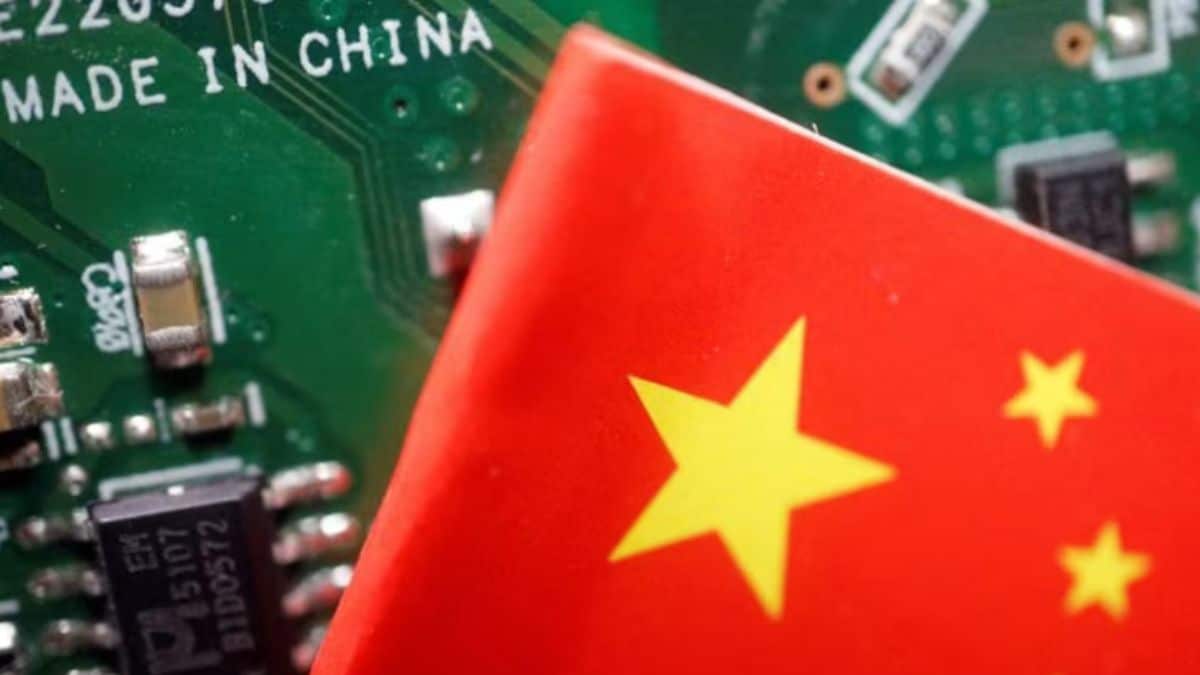 Image Credits - Reuters/Florence Lo (Illustration)
Image Credits - Reuters/Florence Lo (Illustration)
In a strategic move with far-reaching implications, a military institute based in Beijing has unveiled a patent for a groundbreaking high-performance chip, showcasing the determined effort of China to reshape the global chip market and withstand the impact of U.S. sanctions. The patent, released in September, emanated from the People’s Liberation Army’s (PLA) Academy of Military Sciences and utilized the open-source standard known as RISC-V, offering a glimpse into the pursuit of self-reliance of China in critical technology domains.
The RISC-V architecture, an instruction set that serves as a fundamental building block for various processors, has been employed by the PLA to address issues related to malfunctions in chips used in cloud computing and smart cars. The move indicates the ambition of China to reduce dependence on Western-controlled standards, especially as U.S. sanctions limit access to advanced chip designs critical for cutting-edge applications.
Traditionally, dominant standards like x86, majorly controlled by U.S. giants Intel and Advanced Micro Devices (AMD), and Arm, developed by Britain’s Arm Holdings and owned by SoftBank Group, have been the industry norm. However, export controls imposed by the United States and the UK restrict the sale of the most advanced x86 and Arm designs to Chinese clients, particularly those producing high-performance chips.
The open-source nature of RISC-V has made it possible for Beijing to curb its dependence on Western technology. In a report published in April, the Shanghai government’s Science and Technology Commission asserted, “The biggest advantage of the RISC-V architecture is that it is geopolitically neutral.” Beijing and several state entities of China and research institutes that were sanctioned by Washington, invested around $50 million in the projects that involve RISC-V between the period of 2018-2023, according to a review by Reuters of more than 100 Chinese-language academic articles, patents, government documents, and tenders, including statements from companies and research groups.
According to state media, the current RISC-V breakthroughs and applications in China have increased the hopes of Beijing that the open source standard one day could potentially threaten the x86-Arm duopoly. There were no responses from Intel and AMD to the queries about the matter, meanwhile, Arm denied comment.
As per two industry figures and the earlier unreported documents, the Chinese firms and research institutes made RISC-V chips that can now power self-driving cars, data-storage centres, and also artificial-intelligence models.
By embracing RISC-V, China seeks to establish an alternative architecture that can power anything from smartphone chips to advanced processors for artificial intelligence. This strategic shift corresponds with the broader Chinese objective of achieving technological self-sufficiency and reducing reliance on foreign technology, particularly in critical sectors such as defence. The patent release underscores China’s commitment to innovation and resilience in the face of external pressures.
